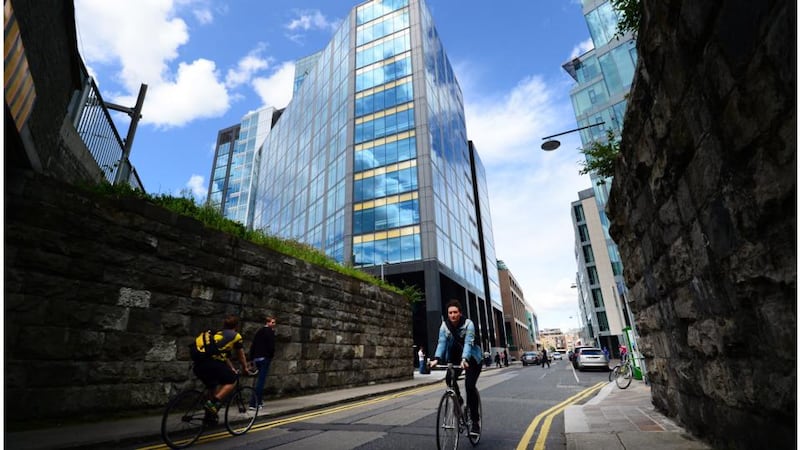Ireland has long talked about the positive effect of clusters such as those around the life sciences in Cork, medical devices in the west and more recently IT skills in locations such as Silicon Dock in Dublin.
As Harvard professor Michael Porter and others have pointed out, clusters drive innovation via collaboration, increase productivity levels in firms and generate new business in related fields.
Are we kidding ourselves about Irish clusters, however?

It's important to distinguish between mere collections of businesses located in proximity to each other and true clusters, which have key identifiable characteristics. That's one of the key messages that Dr Christian Ketels, a Harvard academic expert on the subject and lead member of Michael Porter's research team, will be delivering to an international clusters conference opening in Limerick on September 30th.
"Finding a universally accepted definition of what a cluster is has proved challenging," he tells The Irish Times. "A concentration of activity in a specific field with a certain critical mass is certainly part of it, but having cluster dynamic at work with a cluster organisation are crucial elements in true clusters."
The looseness around definition has proved great fodder for researchers trying to get a handle on the exact positive effects of clusters, with some studies showing little or no economic effect. A more positive consensus has emerged lately, however.
Spillover effect
Take jobs for example. As Ketels notes, research has shown that in true clusters the effects on job creation are not driven by the narrow industries in which employment specialisation is high but by related industries that are relatively less developed. There’s a spillover effect, in other words.
Economic value is enhanced by higher salaries and higher real estate values in the cluster regions. Economic performance is also driven by both the physical environment and the strength of the regional cluster portfolio.
“Clusters certainly make it more likely that a high road environment is created in which companies achieve higher productivity and pay better wages,” Ketels says.
Clusters can take many forms including location clusters (eg Hollywood for movies) and know-how clusters (eg London as a financial services centre) or have developed because of geographical strength (eg wine regions characterised by sunshine and suitable topography).
However, clusters need to be organised and developed in a systemic way, ideally through the creation of a formal cluster organisation. According to international best practice, successful clusters require scale (starting out at 20 businesses and typically operating with up to 100), a full-time chief executive and have a radius of up to 90 minutes’ commute time for member companies. “After you establish whether there is a critical mass of similar organisations, there are a number of key questions you need to ask such as, is there a culture of collaboration? Is there a strategy and then a plan? Who is going to drive it? And does it make business sense?”
Munich in Germany has an excellent example of a cluster based around aerospace, for example. The airport, Lufthansa, universities and research institutes and about 300 supply companies all form part of a collaborative ecosystem that has produced huge economic benefits for the region. Cluster organisations can take many forms but a classic one involves a combination of private industry, third- and fourth-level institutions and government bodies.
Ketels warns about the dangers of political influence, however. In general, clusters need to be market-driven and cannot be forced because someone thinks they are a great idea or because they suit a particular political purpose. “Best choices should be determined by the companies themselves. If you force an agenda around promoting the idea of a particular type of cluster, you are putting yourself ‘on the hook’,” he says.
There are exceptions to this rule though. Take Dubai. Much of the success of the Emirate stems from an overarching vision from its ruler of it being a centre for logistical excellence in the Middle East, with a cluster developed initially around its port, then its airport. “Now it is looking at how to integrate its port and airfreight clusters to create a powerful form of intermodality.”
Can a country the size of Ireland think in terms of developing more than a couple of clusters? Ketels, who admits he has not studied Ireland in detail, thinks a nation of our scale should indeed focus its main public resources on supporting a small number of large-scale clusters. These can be complimented by a network of smaller regional-based initiatives, playing on local strengths.
Limerick, the venue for the conference, recently announced plans to establish such a venture around sports, leveraging off a base of 30 sports-related companies already operating in the region.


















